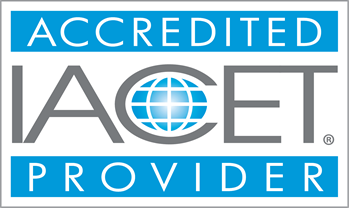Price: $69.99
Swing Stage Competent Person
A competent person according to OSHA is someone with the ability to recognize potential hazards in the environment or working conditions that pose risks to employees' safety and health, and who is empowered to promptly address and resolve them.
Course Modules - (22)
What is an OSHA Competent Person?
Safeguarding the well-being of both employers and employees remains paramount at construction sites. To enhance safety and ensure adherence to regulations, specific industry standards are in place to offer additional layers of protection. Central to this endeavor is the presence of a designated competent individual onsite, responsible for supervising safety procedures and implementing any required modifications throughout the project duration.
- Any competent person who can recognize possible and current
hazards at work that could be unsafe to employees.
The person who is authorized to remove these risks or stop the work
if needed.
Someone who defines if it is safe to work on a project.
Learning Outcomes:
- Understand safety protocols in the workplace.
- Recognize potential hazards and mitigate risks.
Completion Requirements:
- 100% appearance for the course
- Fully involvement in all class trainings (determined by instructor)
- Completion of Continuing Education and Training Registration Form
- Completion of mandatory quiz assessments
- As applicable, attainment of least passing score on required end-of-course examination
- Participation and submittal of end-of-course assessment form (must provide name on form to obtain credit)


